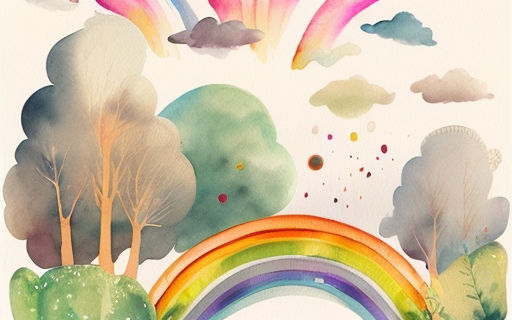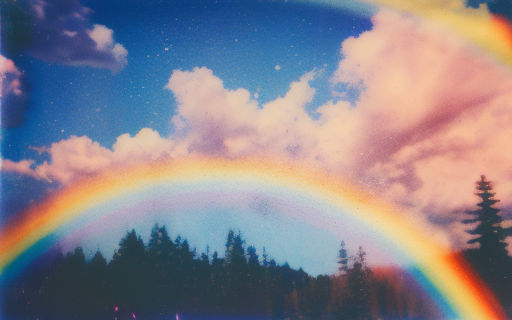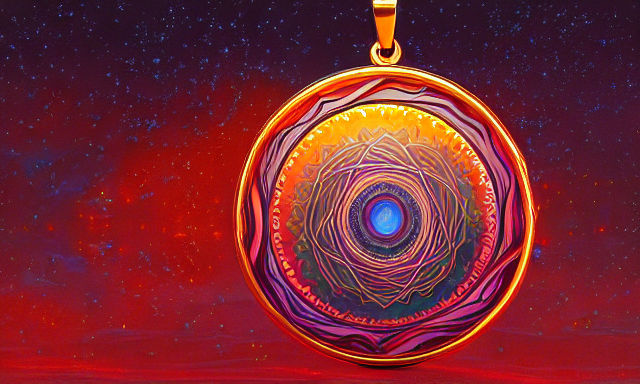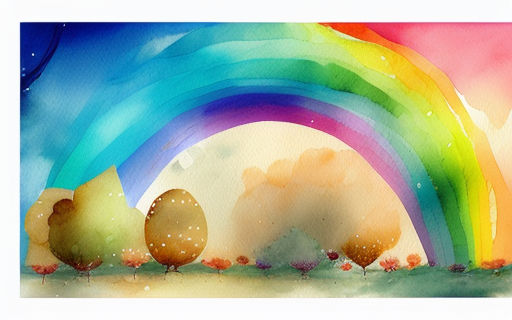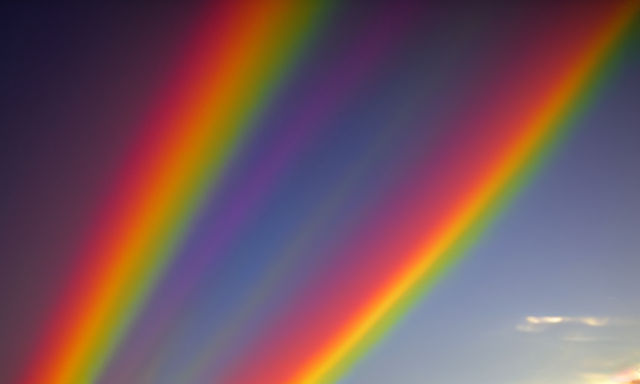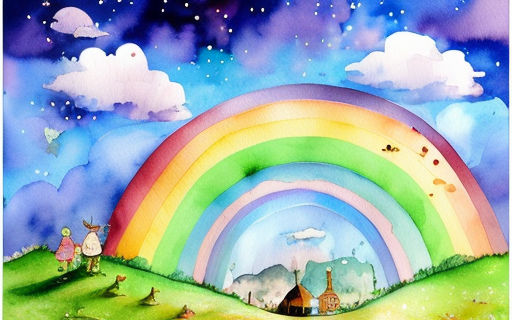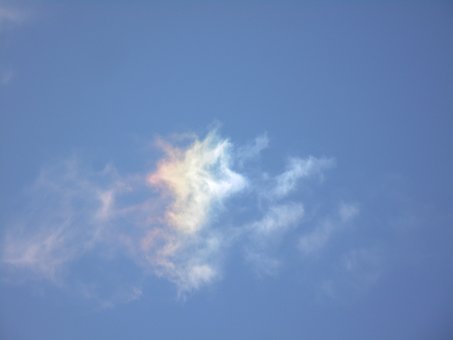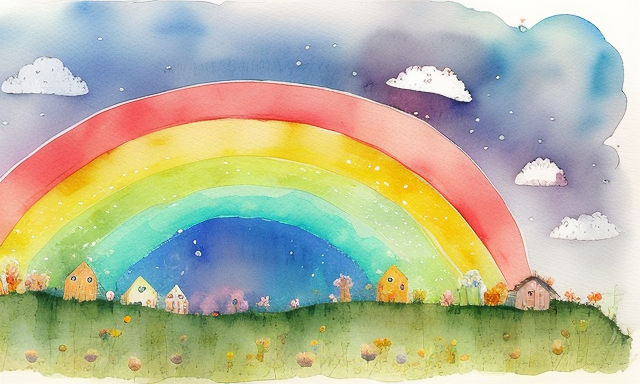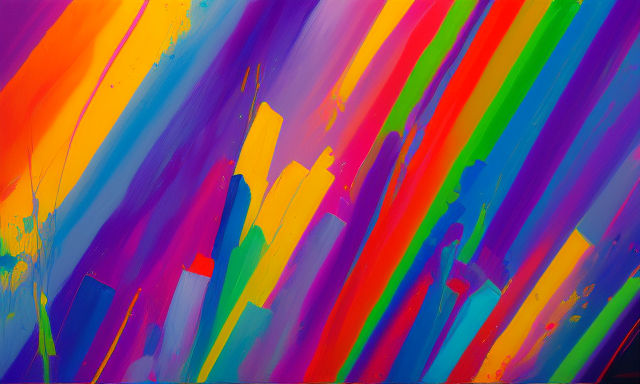Why Are Rainbows Continuous?
We can understand why rainbows are continuous from the theory that they are formed by light passing through a dense substance. This kind of substance, such as a gas, releases radiation over a broad range of wavelengths, resulting in a smooth spectrum. Rainbows are a part of this spectrum. Light waves pass through a prism, which then refracted the light, before bouncing off its surface.
Why Are Rainbows Continuous? Read More »
